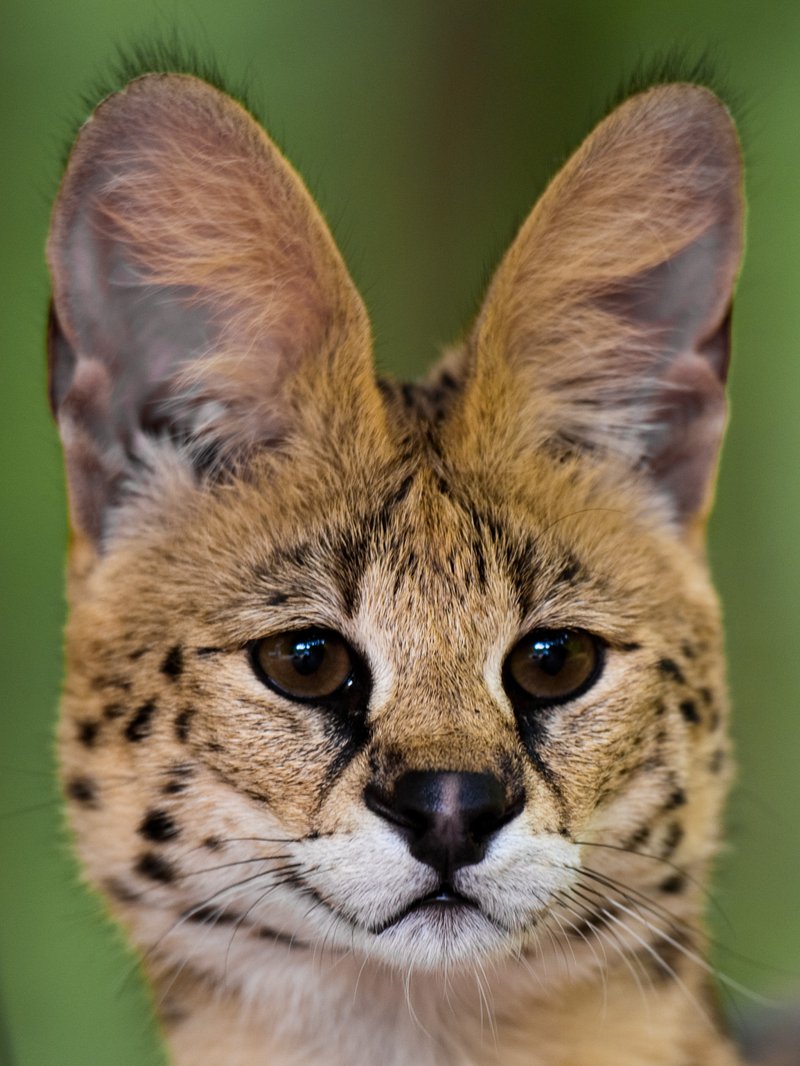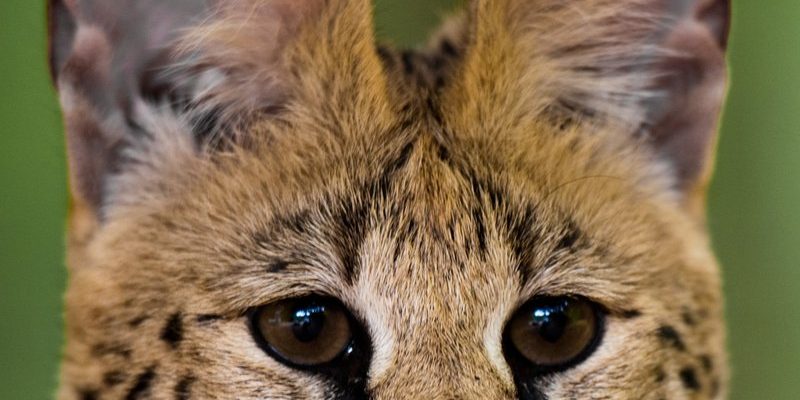
The serval has landed in a variety of tales and cultural representations, each adding layers to its significance. It’s almost like gathering around a campfire, where stories transform the humble serval into a character of fascination and respect. You might be wondering how these big-eyed cats became such prominent figures in folklore. Well, let’s dive into their fascinating world, exploring the countless ways the serval has inspired stories, art, and symbols throughout time.
The Serval in African Folklore
In many African cultures, the serval is more than just an animal; it’s often seen as a mystical creature, steeped in tales that explain the natural world. For example, some tribes believe that the serval is a guardian spirit, watching over the savannah and ensuring harmony among its inhabitants. This belief is evident in traditional stories where the serval plays a crucial role in maintaining balance. These tales often depict the serval as wise, agile, and fiercely protective, embodying the spirit of the land.
You might also come across folklore that portrays the serval as a trickster. Similar to other trickster figures in mythology, the serval might use its intelligence and speed to outsmart other animals. Think of it as the cunning fox of the savannah; these stories not only entertain but also serve as moral lessons. They remind listeners of the importance of cleverness and strategy, qualities that help navigate life’s challenges.
Furthermore, the serval sometimes symbolizes stealth and elegance in African art. Artists often depict these cats with striking patterns and vivid colors, capturing their beauty and the essence of their environment. This artistic representation helps keep these stories alive, bridging generations through visual storytelling.
The Serval in Egyptian Culture
In ancient Egypt, the serval was revered for its hunting prowess. It’s interesting how this respect translated into their art and mythology. The Egyptians often depicted servals in various forms of art, celebrating their ability to catch prey, which made them valuable companions in agriculture and hunting.
Interestingly, the serval’s likeness is sometimes found in ancient hieroglyphs, symbolizing grace and agility. Ancient Egyptians admired these traits so much that they believed the serval was a reflection of the gods’ stealthy and swift movements. This connection to the divine made the serval a creature of both literal and symbolic importance.
Moreover, the connection between the serval and the wild landscapes of Egypt can be seen in the way they approached nature. People respected their environment and the creatures within it, often weaving the serval’s characteristics into their spiritual beliefs. This intertwining of reverence for the serval with everyday life highlights how significant these animals were to their cultural identity.
Symbolism of the Serval in Modern Culture
Fast forward to today, and the serval still holds a unique place in popular culture. Whether in literature, film, or even social media, this slender cat has captured imaginations worldwide. Many wildlife documentaries feature servals, showcasing their hunting skills and playful nature, thus fostering a deeper appreciation among modern audiences.
In literature, authors have adopted the serval as a character representing freedom and adventure. Think about it—who wouldn’t want to embody the spirit of a cat that roams the wild with such elegance? The serval often appears in stories as a symbol of resilience, reminding us of the importance of adaptability in an ever-changing world.
Moreover, servals have found their way into the hearts of animal lovers as exotic pets. Their unique appearance and charming personality have made them a subject of fascination on social media. This modern representation often raises discussions about wildlife conservation and the responsibilities that come with owning such a magnificent animal.
Servals in Art and Literature
Artistic interpretations of the serval often highlight its beauty and grace. Painters and sculptors alike have used the serval as a muse, capturing its elegance in various mediums. From intricate paintings to striking sculptures, these artworks serve not only as decorative pieces but also as a reminder of the wild beauty of nature.
In literature, the serval’s allure often translates to themes of freedom, adventure, and the untamed spirit of the wild. You might find servals represented as characters that embark on journeys, each paw-step echoing the heartbeats of the wild. They might symbolize overcoming obstacles or finding one’s path, which resonates deeply with readers seeking inspiration.
Additionally, the way servals are portrayed in contemporary stories often encourages discussions about wildlife conservation. As we see these cats in various forms of media, it raises awareness about their natural habitat and the importance of protecting these beautiful creatures. The serval thus evolves from mere animal representation to a powerful symbol for conservation efforts.
Folklore Beyond Africa
While the serval’s roots are deeply embedded in African culture, it has also made its way into the folklore of other regions. For instance, in some South American tales, the serval is likened to spirits or mythical creatures that roam the earth, symbolizing agility and stealth. This interconnectedness of stories reflects how the serval transcends geographic boundaries, influencing various cultures in intriguing ways.
In Asian cultures, the serval may be seen as a symbol of independence and curiosity, traits that resonate with many people. Its ability to navigate challenging terrains and hunt effectively can serve as a metaphor for personal growth and self-discovery. This multifaceted representation reinforces the idea that the serval is more than just a wild animal; it’s a cultural touchstone across various backgrounds.
You can also find representations of the serval in modern tattoos and fashion, showcasing how people connect visually and emotionally with this animal’s traits. Even in urban settings, the serval’s spirit lives on, embodying a sense of adventure and wildness that many strive to hold onto.
The serval, with its striking appearance and intriguing behaviors, has woven itself into the tapestry of various cultures and folklore. From ancient African stories to contemporary representations in art and literature, this graceful cat continues to inspire respect and admiration. It stands as a symbol not only of wildness but also of resilience, intelligence, and the delicate balance of nature.
As we explore the stories and symbols associated with the serval, we’re reminded of our connection to wildlife and the importance of conservation. The serval encourages us to appreciate the beauty of the natural world while urging us to protect it. So, the next time you hear a tale about this breathtaking feline, remember the rich cultural legacy it embodies—and the wild spirit that lives within us all.

